These days almost everyone has a camera – whether it be a point and shoot, an SLR, or just the stock camera that came with your cell phone. Despite all the criticism of people these days and what they’re photographing, part of me thinks that the people of the future who consume all their nutrients in pill form might find today’s photos of food taken by hipsters rather quaint. The fact remains that what is commonplace today may be noteworthy and historic tomorrow. Time has only proven this true – Boris Klapwald’s snapshots of Grand Central Terminal were boxed up and forgotten for nearly fifty years, until discovered by his daughter. She brought them to the MTA, and they were exhibited in the Terminal through Arts for Transit. Street photographer Vivian Maier was practically unknown until her largely undeveloped film was put up for auction after her death. Her discovered photos have since been exhibited around the world, and is the subject of a documentary. Although the good majority of the photos captured these days aren’t much to write home about, it is undeniable that we are well-documenting our world, and the things future generations will most likely interpret as just plain weird.
Though cameras were far less common in the past, there were many photographers that froze glimpses of what was then normal life. I’ve posted about the Depression-era photographers of the Farm Security Administration before – despite the name, the project yielded thousands of photos that had nothing to do with farms, but instead featured normal Americans living life – including two of the most iconic photographs of Grand Central Terminal. A similarly iconic photo of Chicago’s Union Station also came out of the project, captured by photographer Jack Delano. Delano’s railroad-specific work in the Chicago area is currently on display at the Chicago History Museum, which I recently got the chance to check out.
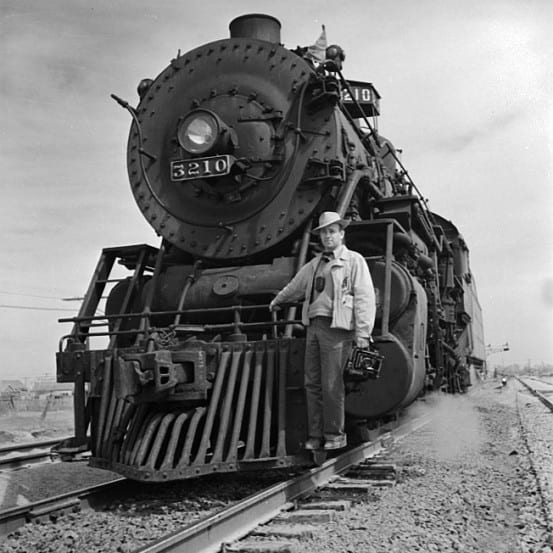
Portrait of photographer Jack Delano and a locomotive
Though I’m not a frequent visitor to Chicago, I had been to many of its museums (including the Museum of Science and Industry where the legendary Empire State Express #999 now lives). This was, however, my first visit to the Chicago History Museum. The museum provides an interesting look at the history of this unique city – from railroading, to the origins of atomic chain-reactions, and yes, even that cow that supposedly started that fire.
Within you’ll find well designed exhibits, and signs that not only encourage photography, but invite you to share your thoughts and snaps on social media. Jack Delano’s Homefront Photography, as the exhibit is called, depicts the life of railroaders in the Chicago area during World War II, as part of the federal government’s Office of War Information (successor to the aforementioned Farm Security Administration). Besides showing the hardworking men (and women) that kept the country running during the war, Delano’s photographs capture the waning years of steam railroading in the United States.
If you happen to be in the Chicago area between now and next year, the exhibit is worth checking out. For more information, visit the museum’s web page.
Born Yakov Ovcharov in Voroshylivka (then part of the Russian Empire, now part of Ukraine), Jack Delano emigrated to the United States with his family in 1923. Delano studied graphic arts, photography, and music, and was talented in all three disciplines. After graduating from the Pennsylvania Academy of the Fine Arts, he embarked on a photographic project documenting coal miners in Schuylkill County, Pennsylvania. With this portfolio, he applied for (and was accepted to) a job in the photography program of the Farm Security Administration. He remained in the program as the FSA was consolidated into the Office of War Information, where he captured railroads in the Chicago, Oklahoma, and California areas.
Below you’ll find a selection of some of my favorite Chicago-area Jack Delano railroad photographs, several of which were in the exhibit. Thousands of Delano’s photographs are available online to view at the Library of Congress, railroad and otherwise.
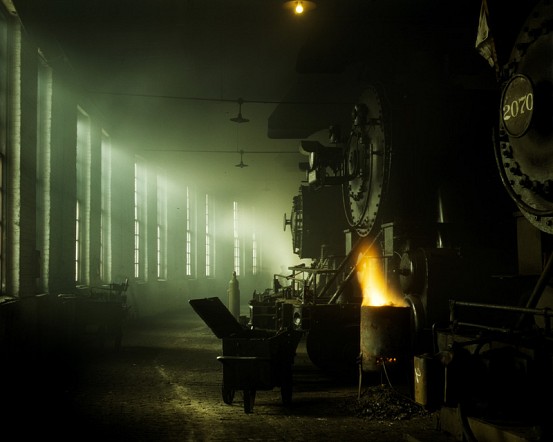 Â
 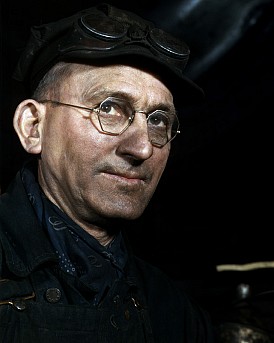 Â
 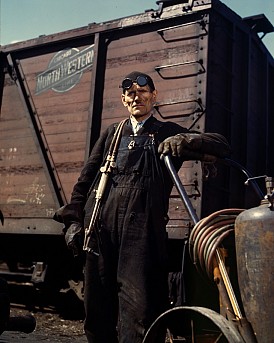 Â
 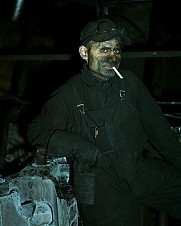 Â
 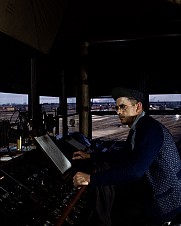 Â
 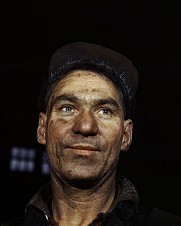 Â
 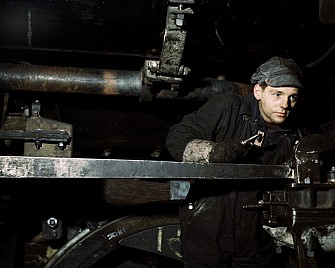 Â
 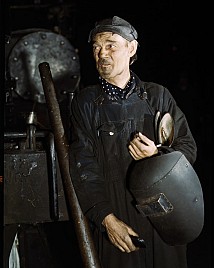 Â
 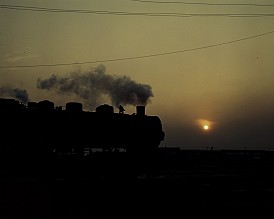 Â
 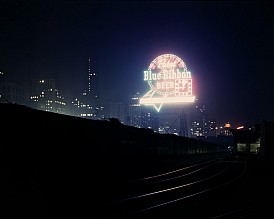 Â
 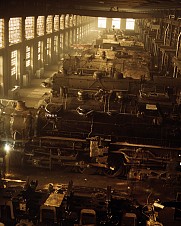 Â
 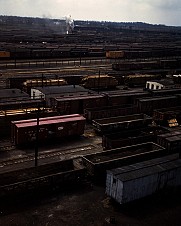 Â
 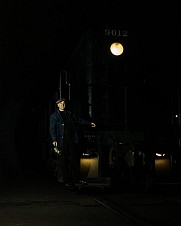 Â
 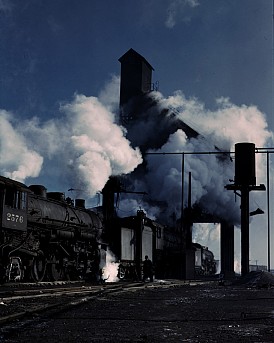 Â
 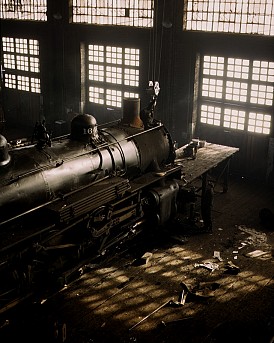 Â
 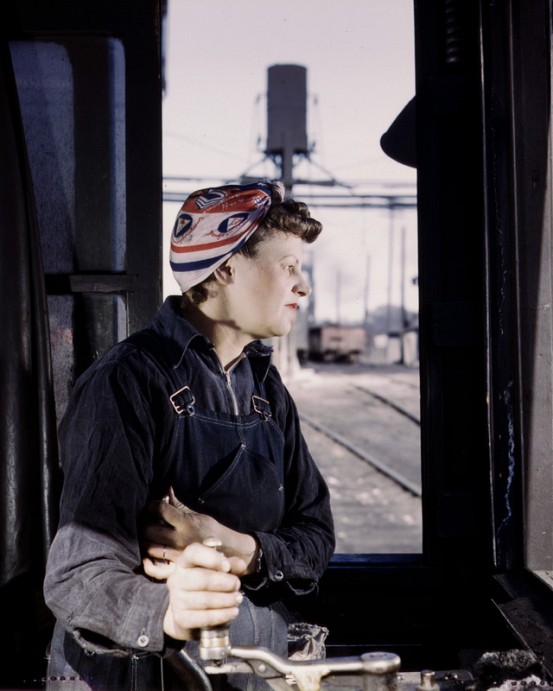 Â
 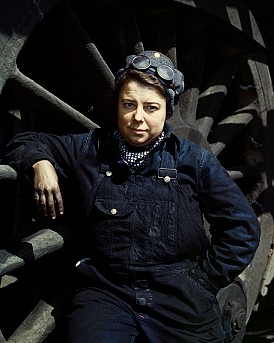 Â
 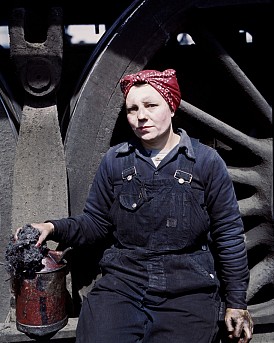 Â
 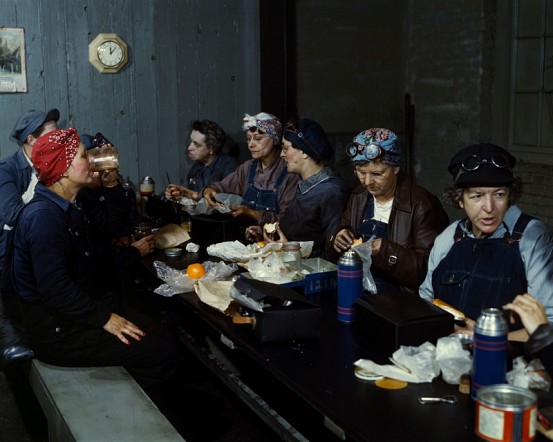 Â
 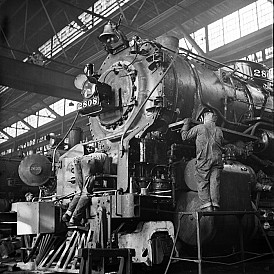 Â
 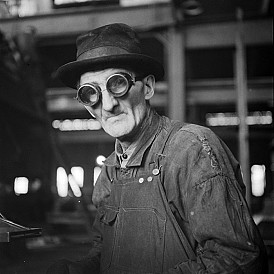 Â
 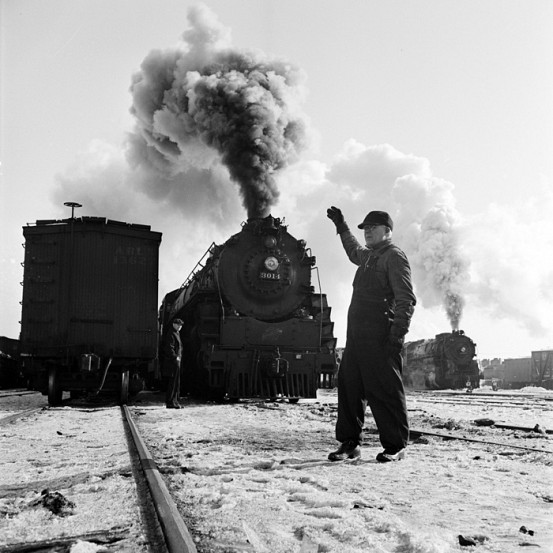 Â
 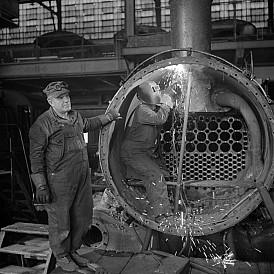 Â
 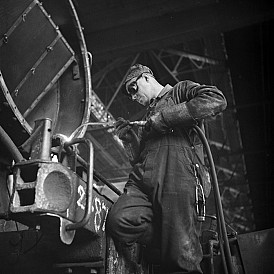 Â
 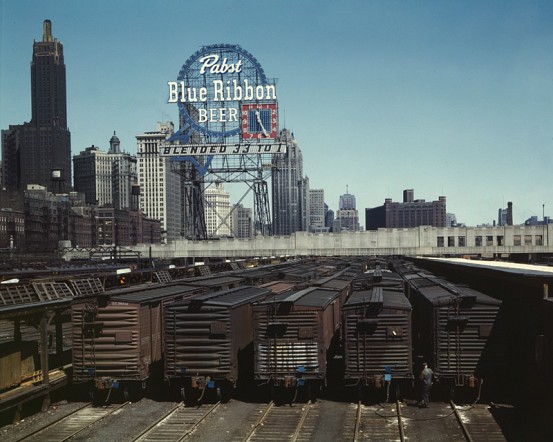 Â
 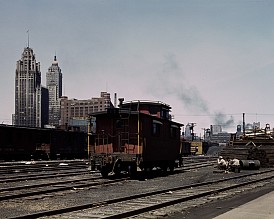 Â
 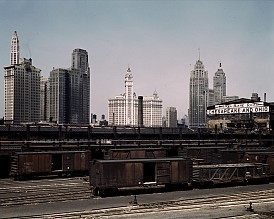 Â
 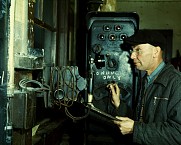 Â
 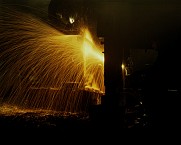 Â
 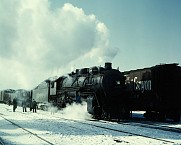 Â
 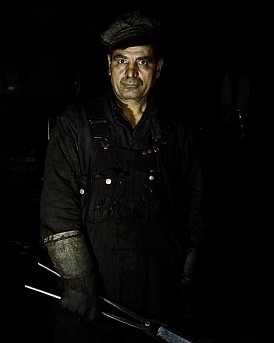 Â
 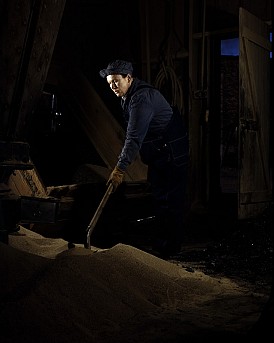 Â
 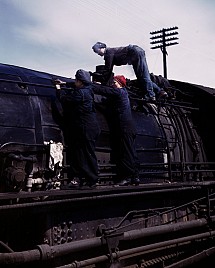 Â
 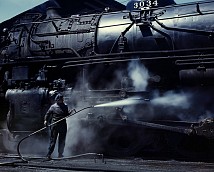

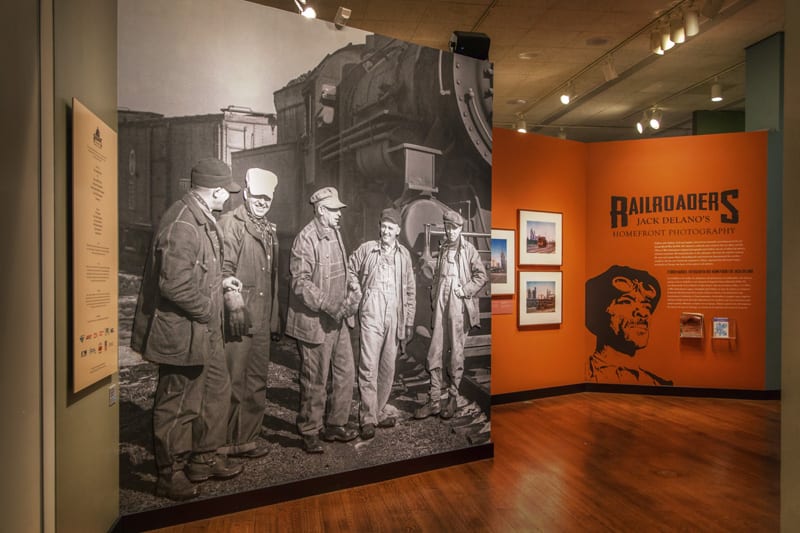

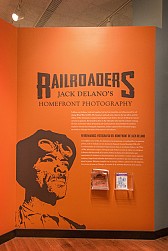
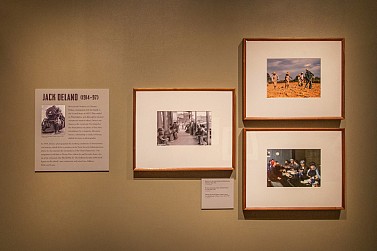
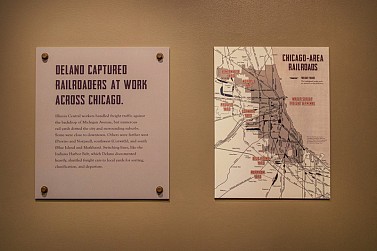
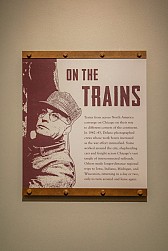
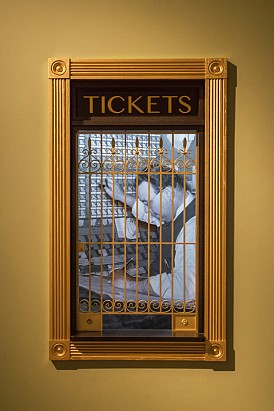
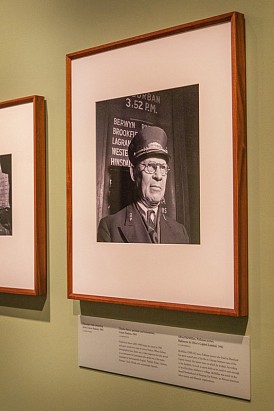
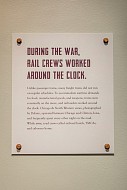
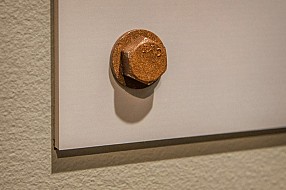
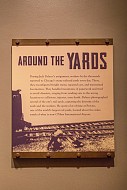
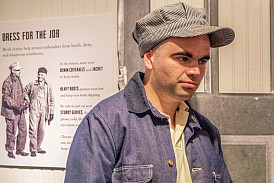
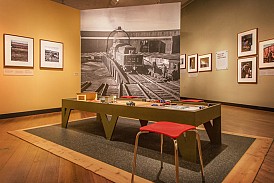
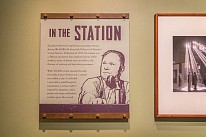

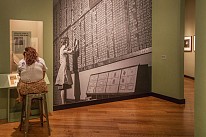
Nice work he did. Some of the photos remind me of the work of Lewis Hine.
http://www.archives.gov/education/lessons/hine-photos/
I was surprised to see that some of his photographs were in color. I was also intrigued by the PBR slogan, “Blended 33 to 1”. My first guess was that they made a good beer then watered it down. Then they watered it down again. And again. And again. Thirty-three times. Needless to say, that’s not entirely accurate.
Thanks again for your hard work.
Interesting and well done as always Emily.
I’ve always enjoyed Delano’s work very much. His portraits of the wartime mothers working in locomotive servicing always struck me as classic images of the period. I also like his similar work in the airplane manufacturing industry.
In other news, I wish I could get my portrait taken hanging onto the pilot of a steam locomotive dressed like a total boss! Standing on the steps of a diesel dressed like a retroreflective traffic cone just doesn’t have the same class to it. (Come to think of it, I want his job while I’m at it!)
Very nicely done. I was especially amazed at the photos of “Rosie the Railroader.” While I am obviously not a woman, I have an incredible respect for those ladies who kept the trains running during World War II.
Excellent essay about a great photographer who photographed railroads when not many others could.
The other day I was looking through historic photos of Providence, Rhode Island on the Library of Congress Website and came across some of Jack Delano’s work. You can find lots of his photos on their site:
http://www.loc.gov/pictures/search/?q=jack+delano&sp=1